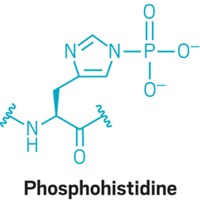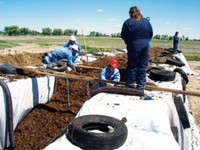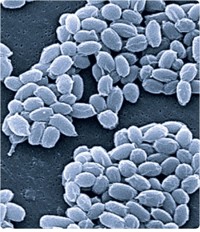Advertisement
Grab your lab coat. Let's get started
Welcome!
Welcome!
Create an account below to get 6 C&EN articles per month, receive newsletters and more - all free.
It seems this is your first time logging in online. Please enter the following information to continue.
As an ACS member you automatically get access to this site. All we need is few more details to create your reading experience.
Not you? Sign in with a different account.
Not you? Sign in with a different account.
ERROR 1
ERROR 1
ERROR 2
ERROR 2
ERROR 2
ERROR 2
ERROR 2
Password and Confirm password must match.
If you have an ACS member number, please enter it here so we can link this account to your membership. (optional)
ERROR 2
ACS values your privacy. By submitting your information, you are gaining access to C&EN and subscribing to our weekly newsletter. We use the information you provide to make your reading experience better, and we will never sell your data to third party members.
Environment
Tracking Prions
Method to detect infectious proteins in soils could help monitor spread of the diseases they cause
by Stephen K. Ritter
February 22, 2006
A method to extract and quantitatively detect prions from soil samples has been devised by a team of scientists at two National Institute for Agricultural Research (INRA) labs in France (Environ. Sci. Technol. 2006, 40, 1497). The technique could be "a good starting point" to help identify and map prion-contaminated farmland as well as to monitor the fate of prions over time, notes lead author Peggy Rigou.
Prions are malformed proteins that are thought to be the infectious agents responsible for transmissible spongiform encephalopathies (TSEs), such as mad cow disease, scrapie in sheep, and chronic wasting disease in deer. Prions can persist in soil for years, and some animals are suspected of contracting TSEs by drinking water or grazing on ground that was exposed to the carcasses of dead animals; by-products from animal processing; or animal manure, urine, or blood.
A potential method to detect prions in the blood of live animals was reported last year (C&EN, Sept. 5, 2005, page 15), but until now, a method to analyze prions in soil had not been reported, Rigou says. The researchers studied the adsorption and desorption of a recombinant prion protein and other proteins on clay and natural soil samples to understand prion retention mechanisms. They determined that adsorption occurs mainly via the N-terminal domain of the protein.
They then used a denaturing detergent buffer to extract the prions, gel electrophoresis to concentrate samples, and Western blot or ELISA immunoassays for quantitative detection. The method allowed the detection of as little as 0.2 ppb of prions in soil.
INRA is looking at using the method for general environmental monitoring of prions and possibly expanding the method for decontamination of medical devices.





Join the conversation
Contact the reporter
Submit a Letter to the Editor for publication
Engage with us on Twitter